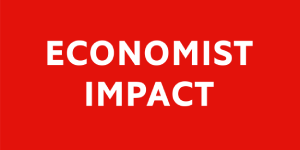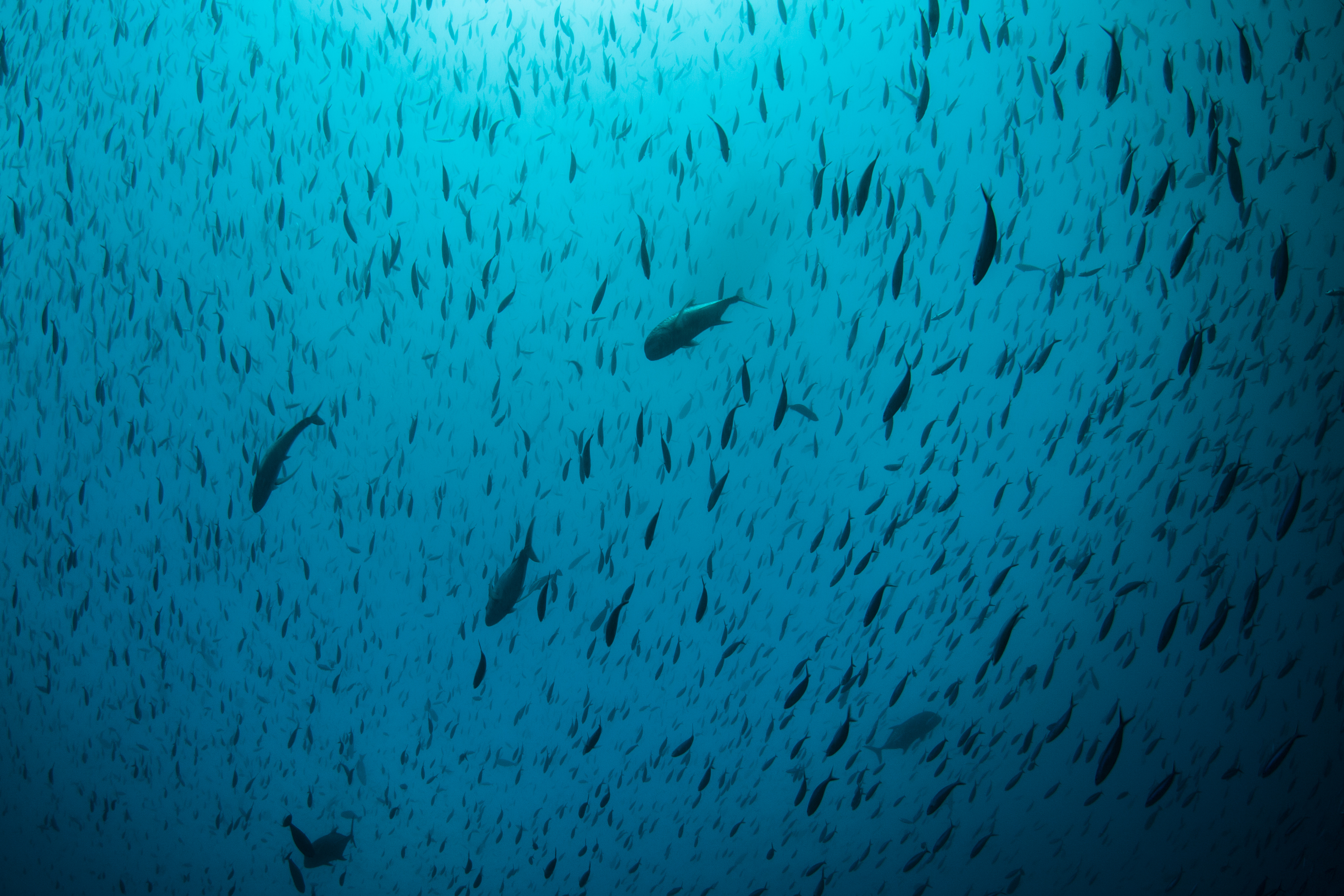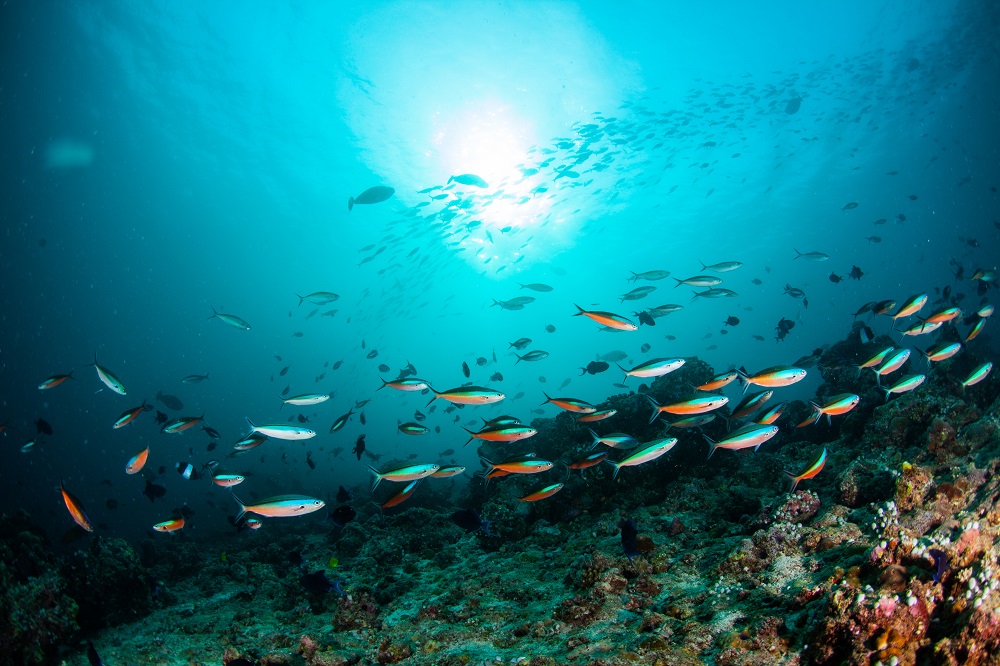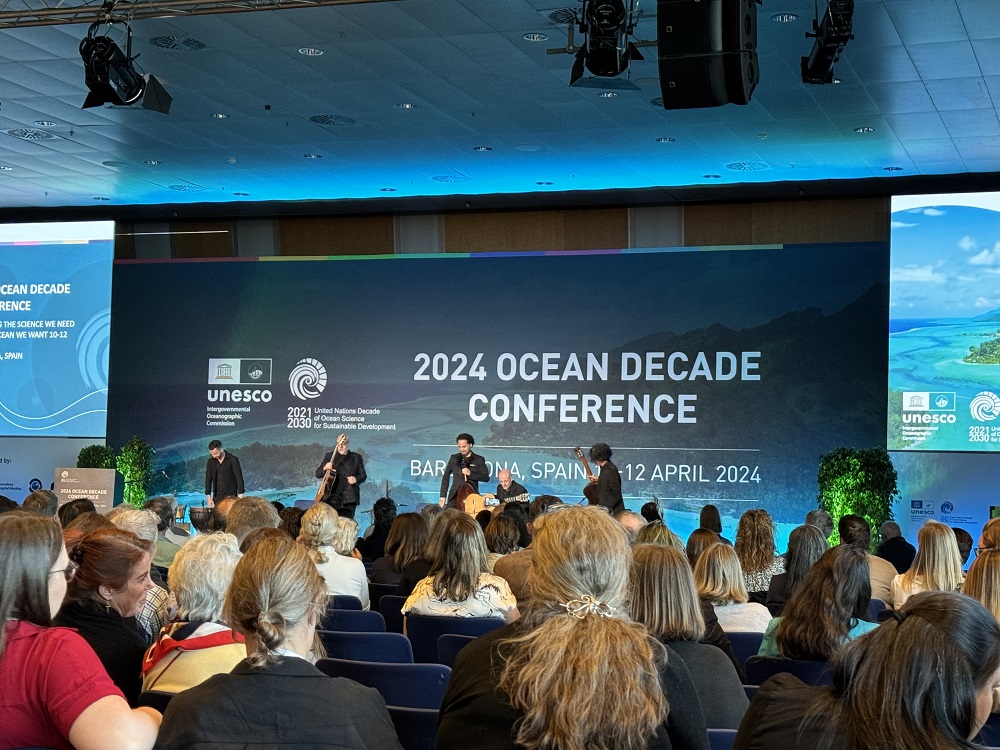The Invisible Wave
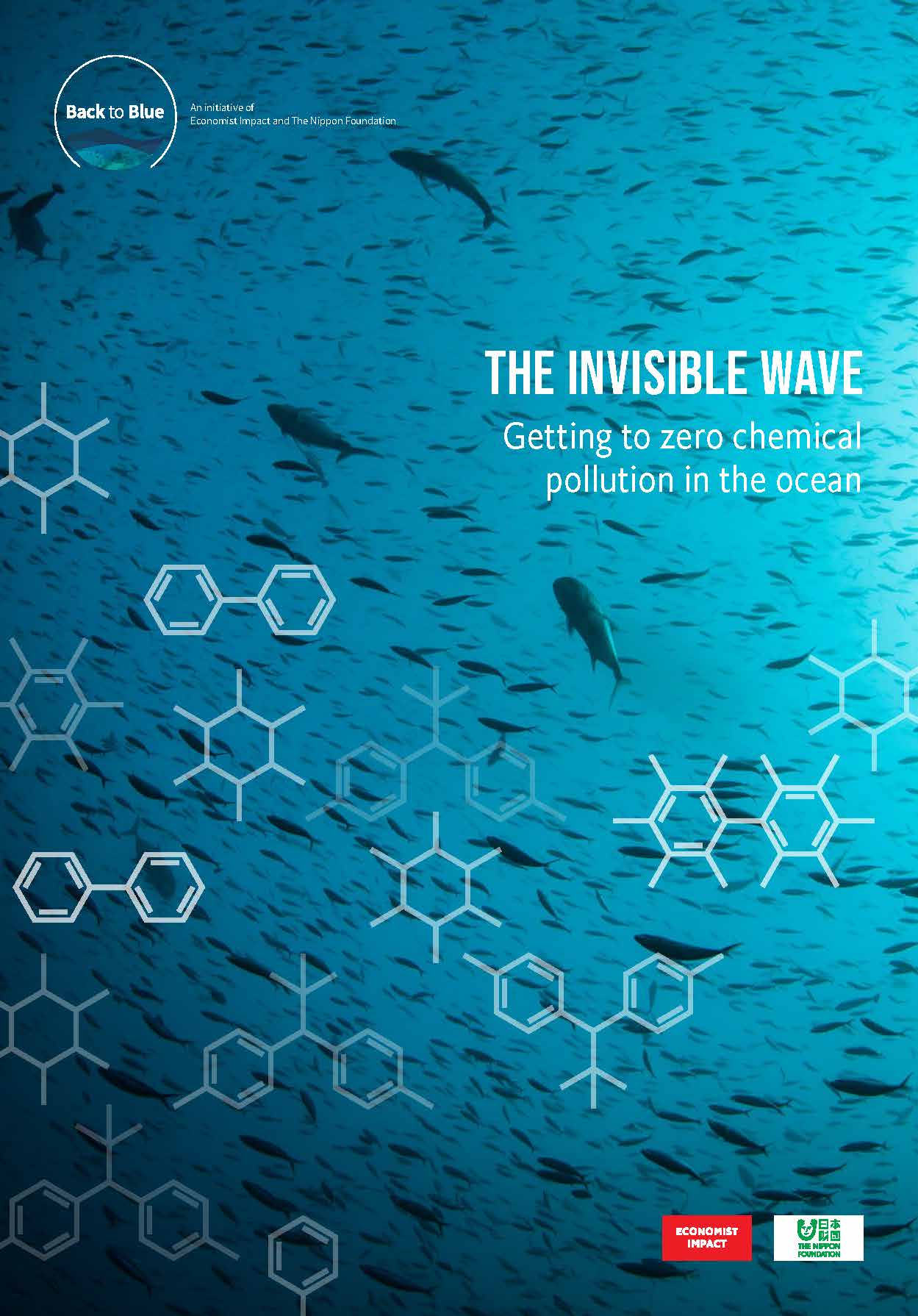
The Invisible Wave: Getting to zero chemical pollution in the ocean is a report from Back to Blue, an initiative of Economist Impact and The Nippon Foundation. The report was written by Economist Impact. The overall aim of The Invisible Wave is to bring the issue of marine chemical pollution to a wider audience, one that includes policymakers, governments, the chemicals industry itself, the broader business community, the finance sector, civil society and consumers.
Published in 2022, Back to Blue’s The Invisible Wave: Getting to Zero Chemical Pollution in the Ocean, makes the case for chemical pollution in the ocean to be treated with the same gravity—and the same urgency—as plastic pollution. It found that marine chemical pollution poses a serious and escalating threat to ocean health, demanding urgent, coordinated action.
Marine chemical pollution, plastic waste, and climate change are interlinked challenges. Pollution can exacerbate the adverse effects of climate change. Simultaneously, the impacts of climate change, such as rising water temperatures, heightened acidification, and increased salinity, can amplify the harmful effects of chemicals in the marine environment. This damage has cascading effects on the functioning and resilience of ocean ecosystems. The impacts of ocean pollution are likely to worsen as the increasing production and use of chemicals result in more pollutants entering the ocean.
The Invisible Wave recommends:
- Stricter regulations and enforcement to control chemical pollution. International cooperation to tackle pollution beyond coastal areas and support for less developed countries to tackle ocean pollution is critical.
- The chemicals industry and businesses along the chemicals value chain, including downstream users, play a leading role in finding solutions to ocean pollution. Innovative approaches to develop sustainable products and processes such as green chemistry, circular principles and better waste management will be key.
- Investors need better information about the risks of marine chemical pollution. This will help them make informed investment decisions and support the transition to a sustainable economy. Likewise, better information will enable consumers to make informed choices and drive demand for non-polluting products.
The Invisible Wave: Executive Summary
Chemical pollution is an underappreciated crisis, comparable to plastic pollution and interconnected with the impacts of climate change and biodiversity loss. The Invisible Wave
calls for immediate action from governments, industry, finance, and civil society to prevent irreversible damage to the marine environment.

WATCH THE VIDEO

Hear from the experts about the deterioration of our marine environments, and the need to shift to safer, greener chemicals production – and more responsible usage and disposal. Watch the video here.
EXPLORE THE INFOGRAPHIC

Visualize the causes of chemical pollution, its impacts, and the key steps needed to clean up the sector and, through innovation, to make chemicals an active contributor to a cleaner 21st century economy. Access the infographic here.
LEARN MORE ABOUT THE DATA

Our immersive data story guides readers through the latest science and evidence on the interactions between chemicals with marine environments – and the steps needed to tackle the problem before it is too late. Learn more about the data here.
Back to Blue is an initiative of Economist Impact and The Nippon Foundation
Back to Blue explores evidence-based approaches and solutions to the pressing issues faced by the ocean, to restoring ocean health and promoting sustainability. Sign up to our monthly Back to Blue newsletter to keep updated with the latest news, research and events from Back to Blue and Economist Impact.
The Economist Group is a global organisation and operates a strict privacy policy around the world.
Please see our privacy policy here.
THANK YOU
Thank you for your interest in Back to Blue, please feel free to explore our content.
CONTACT THE BACK TO BLUE TEAM
If you would like to co-design the Back to Blue roadmap or have feedback on content, events, editorial or media-related feedback, please fill out the form below. Thank you.
The Economist Group is a global organisation and operates a strict privacy policy around the world.
Please see our privacy policy here.




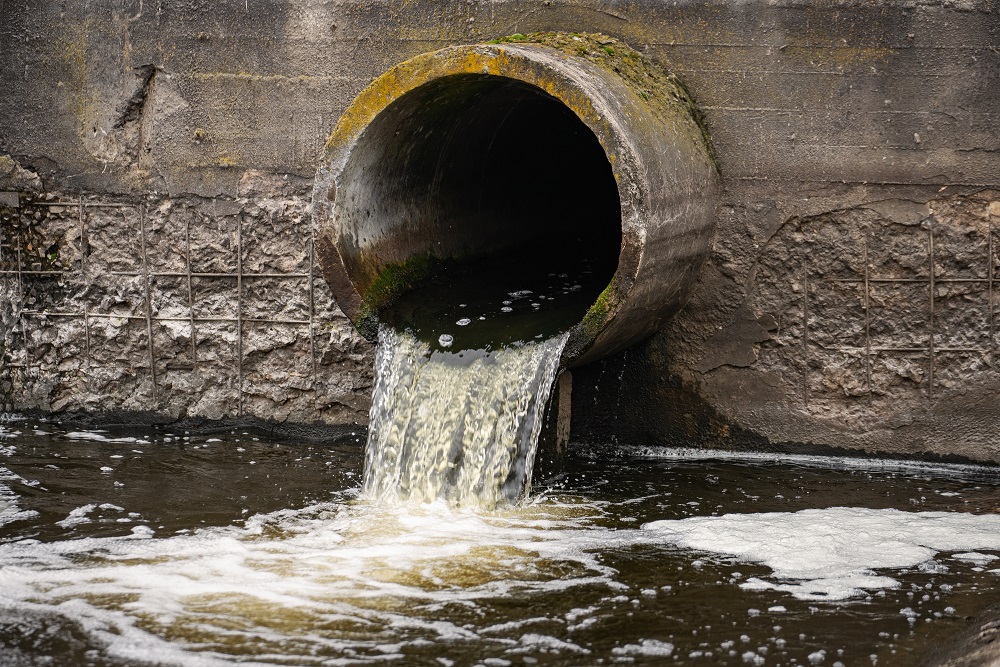 The scourge of untreated wastewater
The scourge of untreated wastewater Slowing
the chemical tide: safeguarding human and ocean health amid
chemical pollution
Slowing
the chemical tide: safeguarding human and ocean health amid
chemical pollution Hazardous chemicals in plastics - the discussions at INC
Hazardous chemicals in plastics - the discussions at INC
